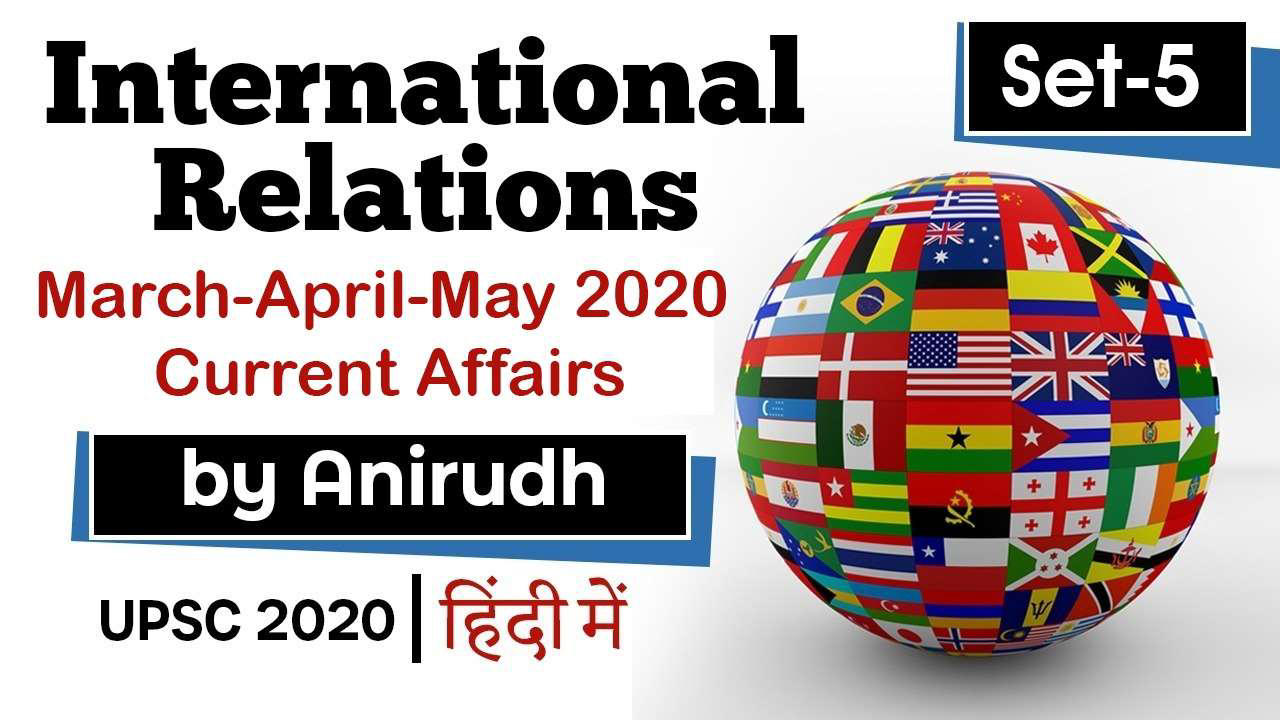Table of Contents
Topics to discuss
- NPT
- OPEN SKIES TREATY
- UNITED NATIONS RELIEF AND WORKS AGENCY
- WHO
Q) Which of the countries are not the members of NPT
- USA
- India
- Pakistan
- Israel
- France
Select the correct answer using the code given below.
- a)1, 2, 3 and 5 only
- b)2, 3, and 4 only
- c)1, 2, 3 and 4 only
- d)1,2, 3, 4 and 5
WHY IN NEWS

50 years of NPT
- Recently, the Nuclear Non-Proliferation Treaty (NPT) which came into force in 1970, marked its 50th anniversary.
NPT and its Objectives
- The treaty defines nuclear-weapon states as those that have built and tested a nuclear explosive device before 1 January 1967; these are the United States, Russia, the United Kingdom, France, and China
Objectives of NPT
- To prevent the spread of nuclear weapons and weapons technology
- To promote cooperation in the peaceful uses of nuclear energy and
- To further the goal of achieving nuclear disarmament and general and complete disarmament.
India’s Stand on NPT
- Indiais one of the only five countries that did not sign the NPT or withdraw from NPT, thus becoming part of a list that includes Pakistan, Israel, South Sudan and North Korea
- India always considered the NPT as discriminatoryand had refused to sign it.
- India has opposed the international treaties aimed at non-proliferation since they were selectively applicable to the non-nuclear powers and legitimisedthe monopoly of the five nuclear weapons powers.
Q) Which of the countries Announced that it will exit the Open Skies Treaty?
- USA
- India
- Iran
- Israel
WHY IN NEWS
Open Skies Treaty
- Recently, U.S. announced that it will exit the Open Skies Treaty, stating that Russiahad “continuously and flagrantly” violated the treaty.
About Open Skies Treaty
- OST is an agreement that permits each state party to conduct short-notice, unarmed, reconnaissance flights over the others territories to collect data on military forces and activities.
- It is aimed at building confidence and familiarity among states-parties through their participation in the overflights.
- OST was signed in 1992 and came into effect in 2002.
- Currently 34 states are party to the treaty while a 35th, Kyrgyzstan, has signed but not ratified it.
- Majority of members include North American and European nations like USA, UK, Russia, Turkey.
- India, China are not members to the treaty.
- Though state-parties are allowed to overfly all of a member’s territory, the treaty determines specific points of entry and exit and refuellingairfields
WHY IN NEWS
UNITED NATIONS RELIEF AND WORKS AGENCY
- India has given USD 2 million in aid to UNRWA working for the welfare of Palestinian refugees, amidst the coronavirus crisis.
UNRWA
- UNRWA was created in December 1949 by the UN, as a relief and human development agency.
- UNRWA provides shelter, basic food supplies, medical aid, education, and work opportunities for Palestine refugees in its five fields of operations: Jordan, Lebanon, Syria, Gaza Strip and West Bank including East of Jerusalem.
- It is funded almost entirely by voluntary contributions from UN Member States.
- UNRWA also receives some funding from the Regular Budget of the UN, which is used mostly for international staffing costs.
WHY IN NEWS
World Health Organisation
- Indian Health Minister took charge as the chairman of the WHO Executive Board and USA threatened to freeze funding to World Health Organization (WHO)
WHO Executive Board
- Executive Board is composed of 34 technically qualified members in the field of health are elected for three-year terms.
- It meets at least twice a year.
- Primary function of the board is to implement the decisions of WHA, advise and facilitate its work.
- Chairman post is held by rotation for one year among 6 regional groups Africa, Americas, South East Asia, Europe, Eastern Mediterranean and Western Pacific.
WHO Funding Pattern
- It consists of four kinds of contributions
- Assessed contributions: dues countries pay in to become member of WHO-based on country’s wealth and population
- Specified voluntary contributions: come from members or partners and can be flexible or highly earmarked. It forms the largest share of WHO’s funds.
- Core voluntary contributions: to benefit less well-funded activities resources and ease implementation bottlenecks because of lack of immediate financing
- Pandemic Influenza Preparedness (PIP) Contributions: to strengthen human pandemic potential, and increase access of developing countries to vaccines and pandemic related supplies.
- US is currently WHO’s biggest contributor with 67%and India’s share is 0.48%.
- Out of the total funds, maximum funds are spent in Africa region ($1.2 billion) followed by Eastern Mediterranean region, South East Asia, Europe, Western Pacific, and Americas regions respectively.
- Area where maximum money allocated is polio eradication (26.51%), followed by essential health and nutrition services (12.04%), and preventable diseases vaccines (8.89%)
Best Current Affairs | Free PDF Download


























 WhatsApp
WhatsApp